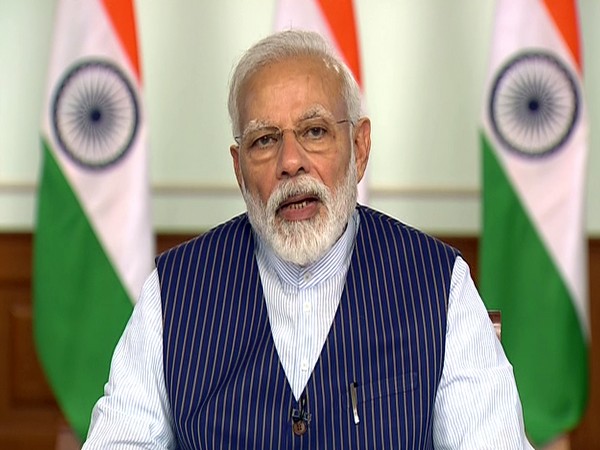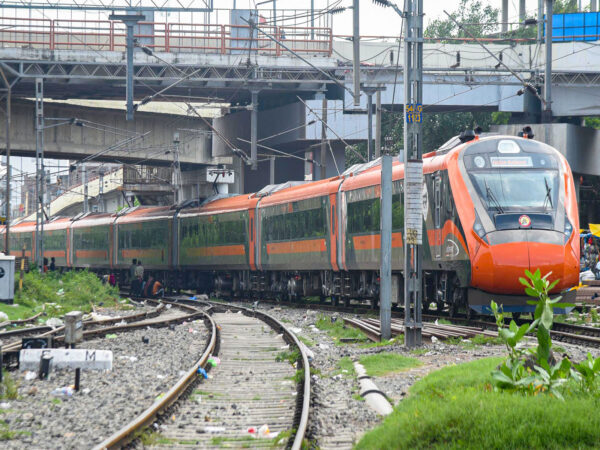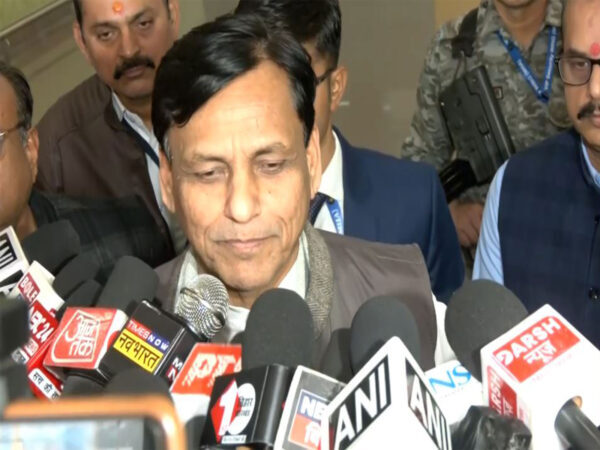
Modi To Visit Lumbini In Nepal On Buddha Jayanti
Prime Minister Narendra Modi will visit Lumbini, the birthplace of Lord Buddha, in the Bhairahawa district of Nepal on Buddha Jayanti, sources said here.
The visit of PM Modi to Nepal comes less than a month after his Nepali counterpart Sher Bahadur Deuba visited India. “Prime Minister Modi will be coming to Nepal on May 16 on Buddha Jayanti but this time Lumbini only. Preparations are already underway,” a source told ANI.
Nepali Prime Minister Sher Bahadur Deuba is expected to be present at Lumbini during PM Modi’s visit.
“Only visit to Lumbini is on the agenda. There won’t be bilateral talks or other engagements. The visit will be for less than a day,” the source said.
According to an official aware of the visit, PM Modi will be take part in a lamp-lighting ceremony at the Maya Devi Temple which also is the birthplace of Gautam Buddha.
PM Modi will fly to Kushinagar International Airport from Delhi and then take a chopper to Lumbini.
This would be PM Modi’s first visit to Nepal after his re-election in 2019. He had visited Nepal four times during his previous tenure.
During the last visit to Nepal in May 2018, PM Modi had toured Janakpur and Muktinath, religious and cultural sites in Nepal.
The Maya Devi temple is UNESCO World Heritage Site. Archaeological excavations have revealed that the structural ruins belong to the different phases of the temple’s construction and restoration over the centuries. Emperor Asoka built a platform using the burnt bricks to safeguard the Marker Stone and the Nativity Tree under which Prince Siddhartha was born.
The Maya Devi Temple was re-discovered in 1896 by General Khadga Shamsher and Dr. Anton Fuhrer. Keshar Shumsher excavated the mound of early Maya Devi Temple and reconstructed it in 1939. The present-day Maya Devi Temple was rebuilt in 2003 by Lumbini Development Trust.
The structural ruins inside Maya Devi Temple are from 6th century BC to 15th century AD. It consists of 15 box chambers arranged in 5 rows in east-west and 3 rows in a north-south direction as well as a circumambulatory path surrounded by an outer wall.
The archaeological excavation undertaken by the Department of Archaeology, Lumbini Development Trust and Durham University (UK) during 2010-2013 AD uncovered a timber shrine dating back to the 6th century BC. During the excavation a pre-Mauryan brick structure, each brick measuring 49x36x7 cm in size and 20kg in weight from underneath the present visible layers of ruins was also uncovered. (ANI)



